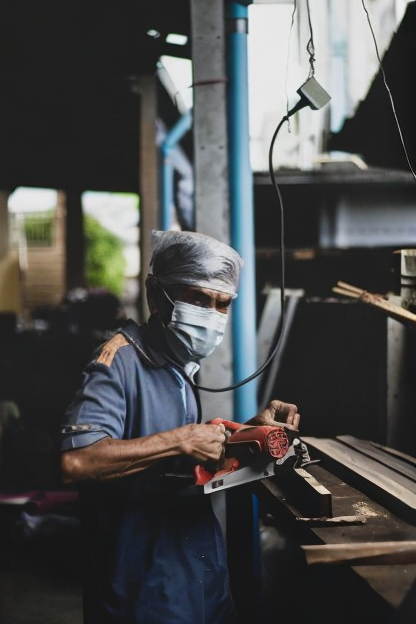The Art of Sheet Metal Design: Ensuring Efficiency, Economy, and Compliance+ View more
Design Prudence: The Foundation of Functionality
Every dimension, tolerance, and bend in sheet metal design is deliberate. Dimension and tolerance levels are foundational to functionality and assembly requirements. The minimum bending radii are dictated by material thickness to prevent fractures or undesirable deformations. Carefully designed holes and sheared edges account for potential deformations during cutting or stamping processes. The use of ribs and flanges can significantly bolster the structural strength and stability. These are not mere details but are vital elements that ensure the component performs its intended function without fail.
Manufacturing Considerations: The Path to Seamless Production
Manufacturing prowess in sheet metal design is demonstrated by the appropriate selection of fabrication technologies. Choices range from laser cutting, stamping, to CNC punching, each with its resource and equipment prerequisites. The assembly method, whether it be welding, riveting, or bolt connections, must be considered to ensure design compatibility. The overarching goal is to maintain a design that is conducive to manufacturing without necessitating overly complex or costly tools and dies.
Surface Treatment: The Dual Role of Aesthetics and Protection
Surface treatments such as painting, anodizing, or galvanizing are not merely aesthetic choices. They play a dual role in providing the desired appearance and enhancing corrosion resistance. The design must also account for the ease of cleaning and maintenance during the component's service life, ensuring longevity and consistent performance.
Cost Considerations: The Economic Imperative
A well-thought-out design is cognizant of material utilization, aiming to minimize waste. Production efficiency factors in batch sizes, production timings, and labor costs. A comprehensive cost analysis encapsulates the material, processing, assembly, and the long-term operational and maintenance costs, ensuring that the design is economically viable without compromising on quality.
Tooling and Moulding: The Investment in Precision
In sheet metal design, the cost of moulds, if used, can be significant. This necessitates a design that takes into account the design, manufacturing, and maintenance costs of moulds. Additionally, the design must ensure sufficient space for tool access, allowing for equipment such as welding guns or fastening tools to operate without hindrance.
Quality and Standards: The Benchmark of Excellence
Adherence to industry or international standards, such as ISO, is non-negotiable. Quality control mechanisms must be considered to ensure effective monitoring and testing throughout the production process. These standards are not bureaucratic hurdles but benchmarks of excellence that safeguard the integrity of the design and the reliability of the final product.
Safety and Environmental Considerations: The Ethical Obligations
Designs must comply with all applicable health and safety standards, ensuring user safety. Environmental considerations are also imperative; the use of recyclable materials and designs that are easy to recycle demonstrate a commitment to sustainability. This ethical approach does not only fulfill regulatory compliance but also resonates with the growing global demand for environmentally responsible products.
Understanding and balancing these considerations ensure that sheet metal parts and components are designed and produced efficiently, economically, and in accordance with the intended requirements. It is the subtle interplay of these factors that culminates in the creation of components that not only meet but exceed expectations.

